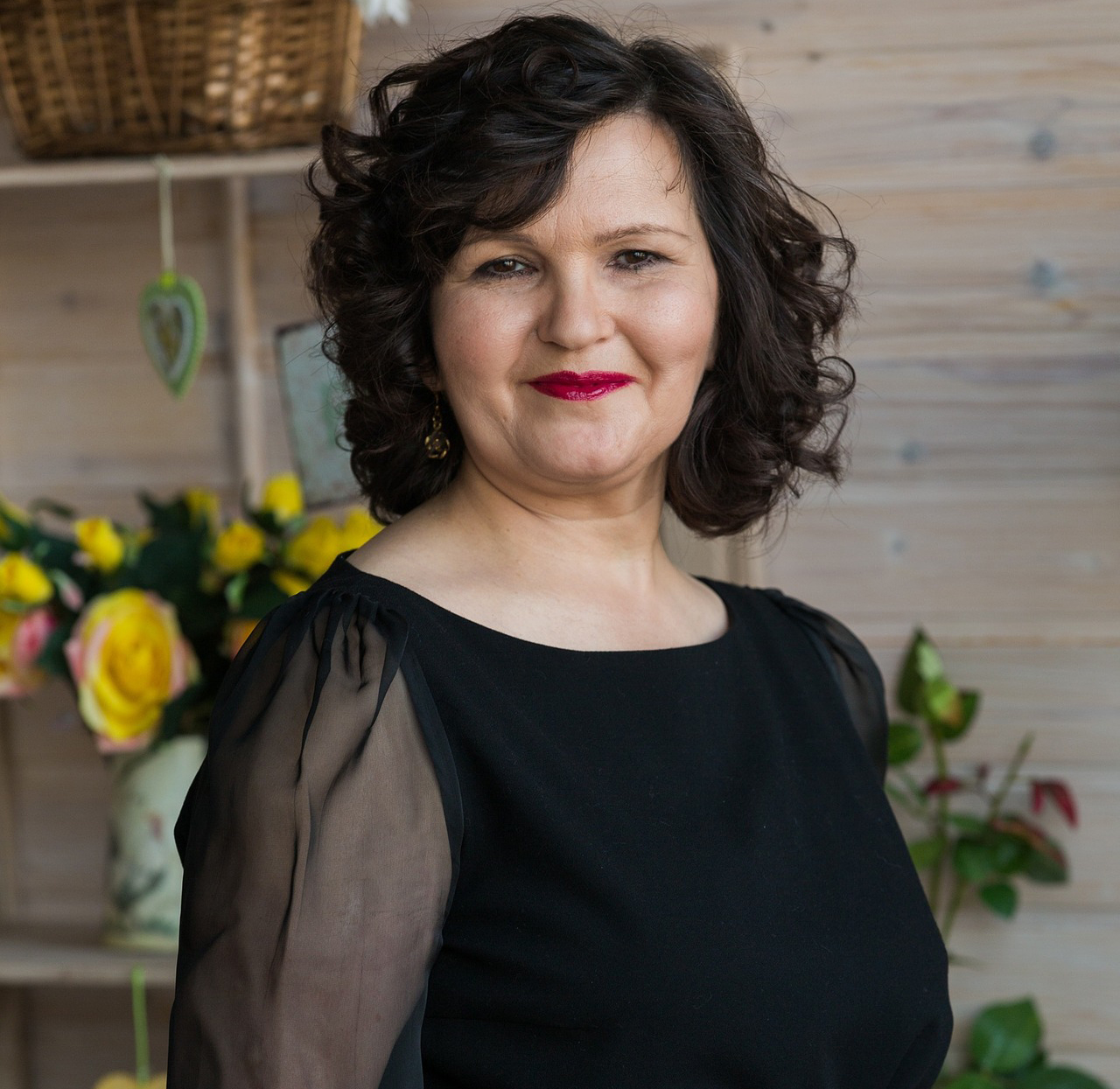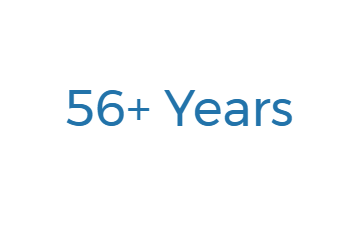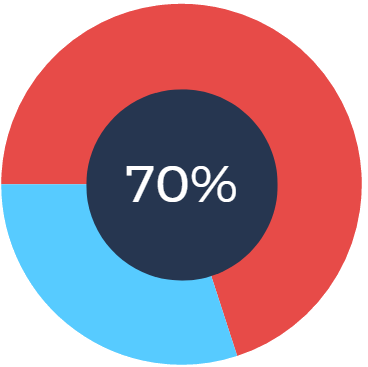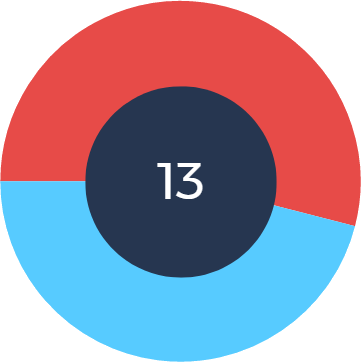Summary of the Levers of Change
There are five potential strategies that could be leveraged in order to address the tipping point for care.
Addressing an increase in the prevalence of age-related disability
There has been an increase in life expectancy over the past century, and more people are now living in states of age-related disability. The peak age for caring is currently 50-64 years old. As this cohort ages, their role will shift from carer to care recipient, simultaneously increasing the demand for care while reducing the pool of carers.
Supporting people in paid employment to continue to provide care
A rise in participation rates of women and older people in paid care have reduced these groups propensity to
provide unpaid care.
Accommodating for new and more diverse family structures
Smaller family sizes, higher divorce rates, rising childlessness and an increase in single person families have reduced the size of the support network available to older people.
Improving the physical and mental health of carers
Poor physical and mental health can reduce an individual’s capacity to provide care, and has fiscal implications on the health system.
Creating financial security for carers
Many carers need to reduce or withdraw from paid employment, creating a situation of financial insecurity.
This increases pressure on the welfare system, and exacerbates poor health states.













